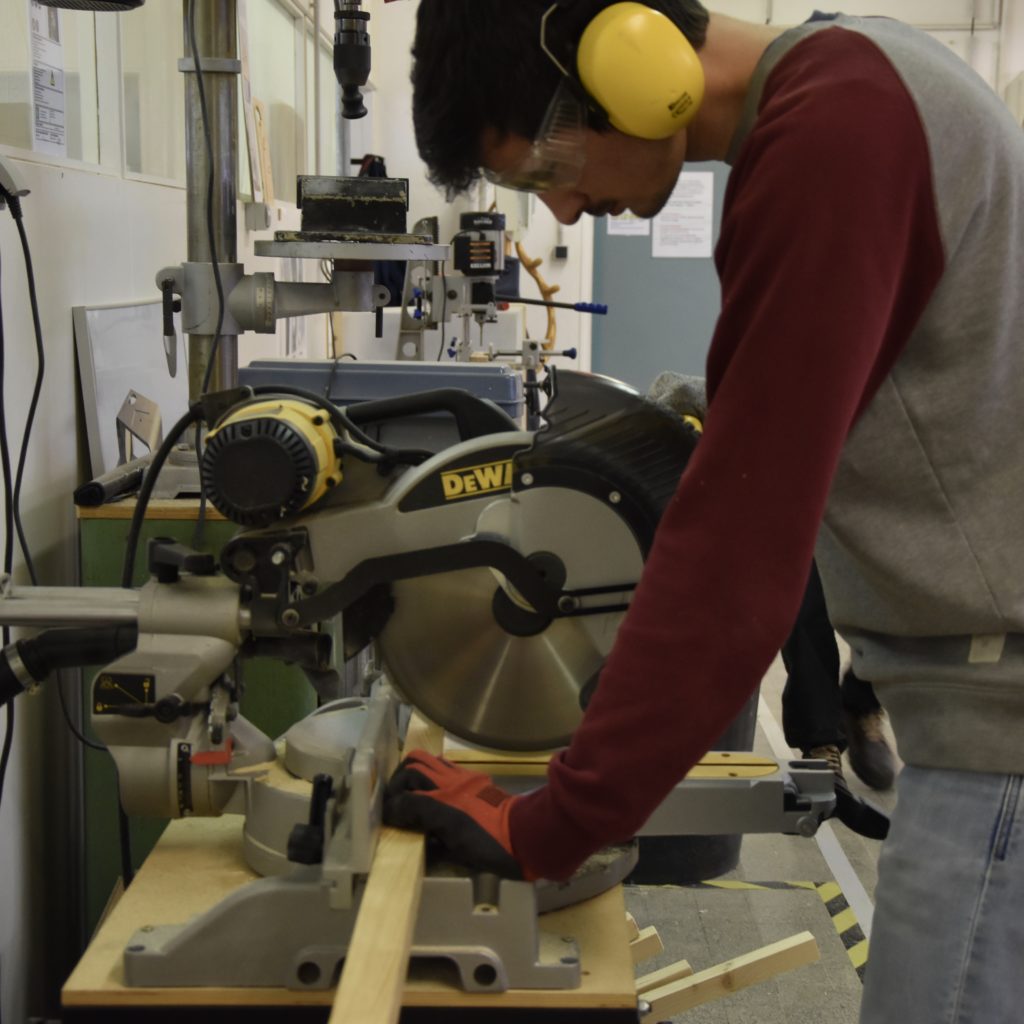Over the past few years, with the support of Orléans Metropole, the Centre-Val de Loire region and its patrons, Orléans School of Art and Design has largely invested in the equipment of the living and work areas of the students. From the start of the first year, students are trained in a large number of workshops. Techniques are studied in parallel to the culture and history of practices.
2D/3D
Supv. Marek Zarolinski
The 2D/3D workspace allows to grasp technical drawing and CADD tools equally as conception and representation tools and experimentation and creation instruments. Modelling in preparation for prototyping and 3D printing, photo-realistic digital imaging, procedural modelling, and Building Information Models are explored. The educational support lies on the acquisition of a work method and the appropriation of all the possibles of this medium, in connection with the teaching and workshops in the school. The goal is to build a culture and knowledge of 3D through non- and specialized software, such as 3D Studio Max, Blender and different extensions, Fusion 360, Archicad. The workshop is equipped with 18 premium PCs dedicated to 3D design.
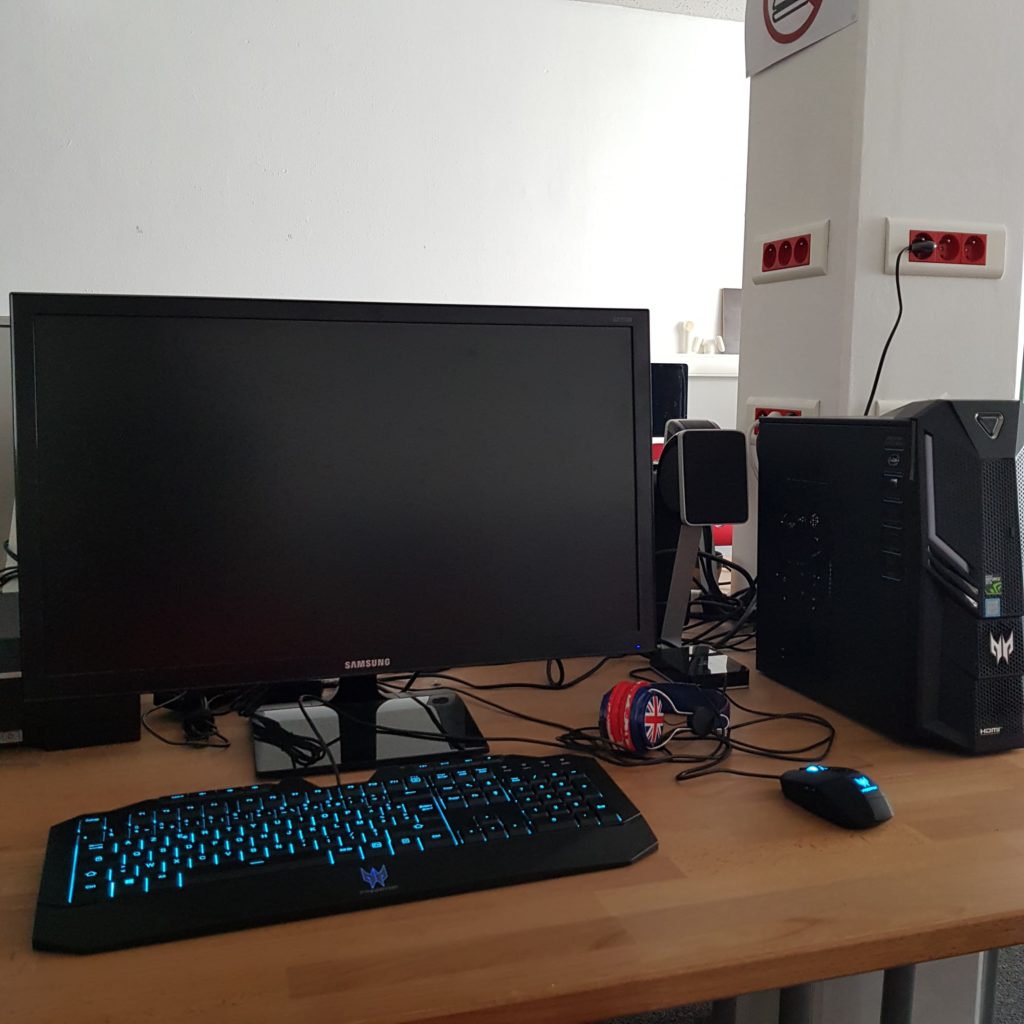
Audio/Video
Supv. Stéphane Bérard
The audio video workspace offers the tools necessary to the different steps in digital audio-visual production and post-production. Students can use different filming equipment such as cameras, lights, tripods and microphones, etc. as well as 12 PCs dedicated to editing, compositing and stop-motion. It equally has a photoshoot studio and a soundproof recording booth.
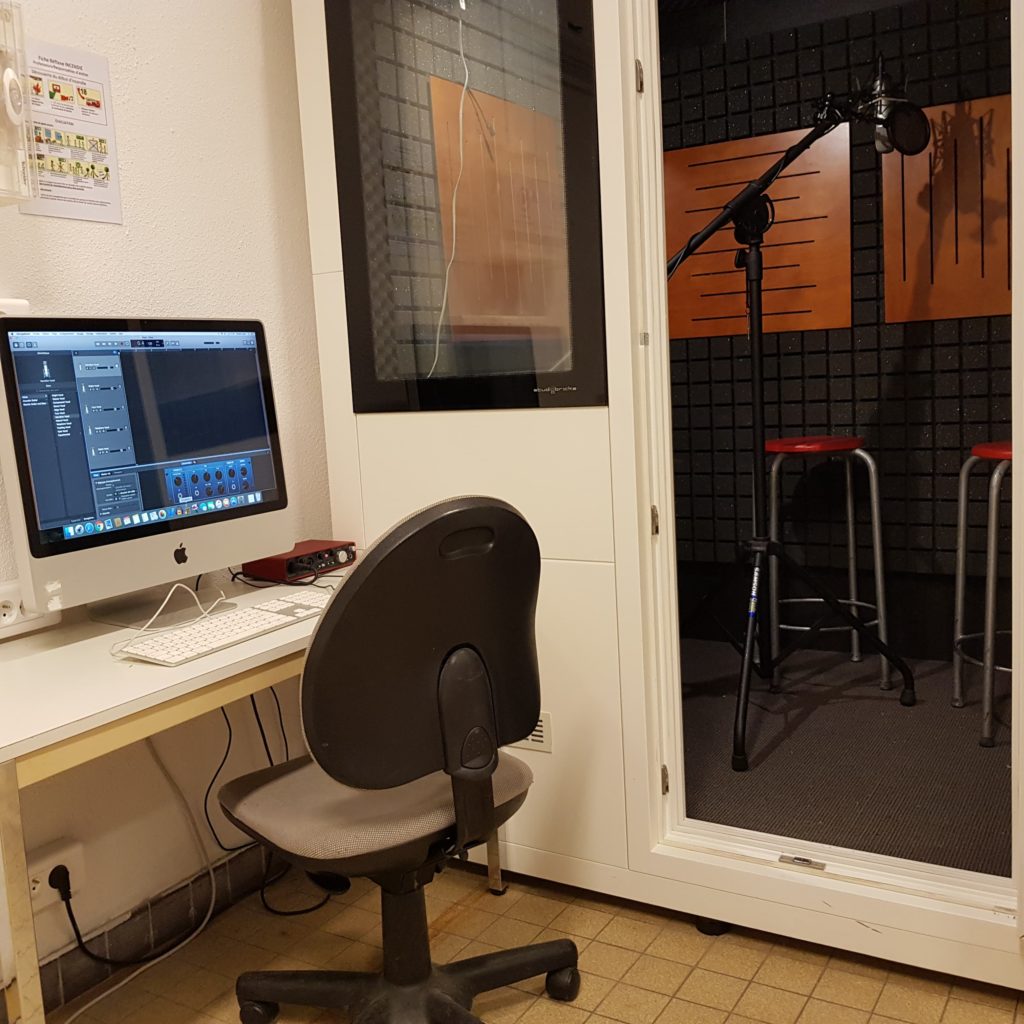
Clay-modelling & Casting
Supv. Virginie Péchard
The clay-modelling and casting workspace uses three main materials: clay, plaster and wax, which does not exclude others. Here, sculptures, clay-models, ceramics, prototypes, any formal research in volumes, as well as castings are carried out. Casts are essentially made of plaster in hollow or solid moulds. They can be opencast or diecast. Initiation to elastomer casting is possible too. Equipment includes two kilns, a Nabatherm with 5 heated surfaces, and Ceradel with a large a capacity for regular firing; a mill to make slabs; a pug mill for blending large quantities of clay; an extruder with a set of dies, and the possibility – thanks to the metal workshop – to make your own dies; a mixer for blending ceramic slip; wet back spray booth, an air compressor and spray gun for glazing. Soon, there will be a 3D ceramic printer to complete this list and allow to experiment the relation between 3D software and ceramics.

Engraving & Etching
Supv. Thierry Vivien
The engraving and etching workspace, a space of technical initiation, experimentation, project generator and printing of books and portfolios, enables to implement work methods relative to the traditional print processes (engraving, intaglio and relief print), the origin of the project from its conception to its formatting; and to acquire some fundamental and mental techniques which will finally result in a printed work. Linked to the research developed in the illustration, graphic design and computer graphics courses, it offers all the means likely to give substance to a plastic research project: in addition to traditional engraving materials, the workshop is equipped with a risograph, a printing press and a thermal binding machine.
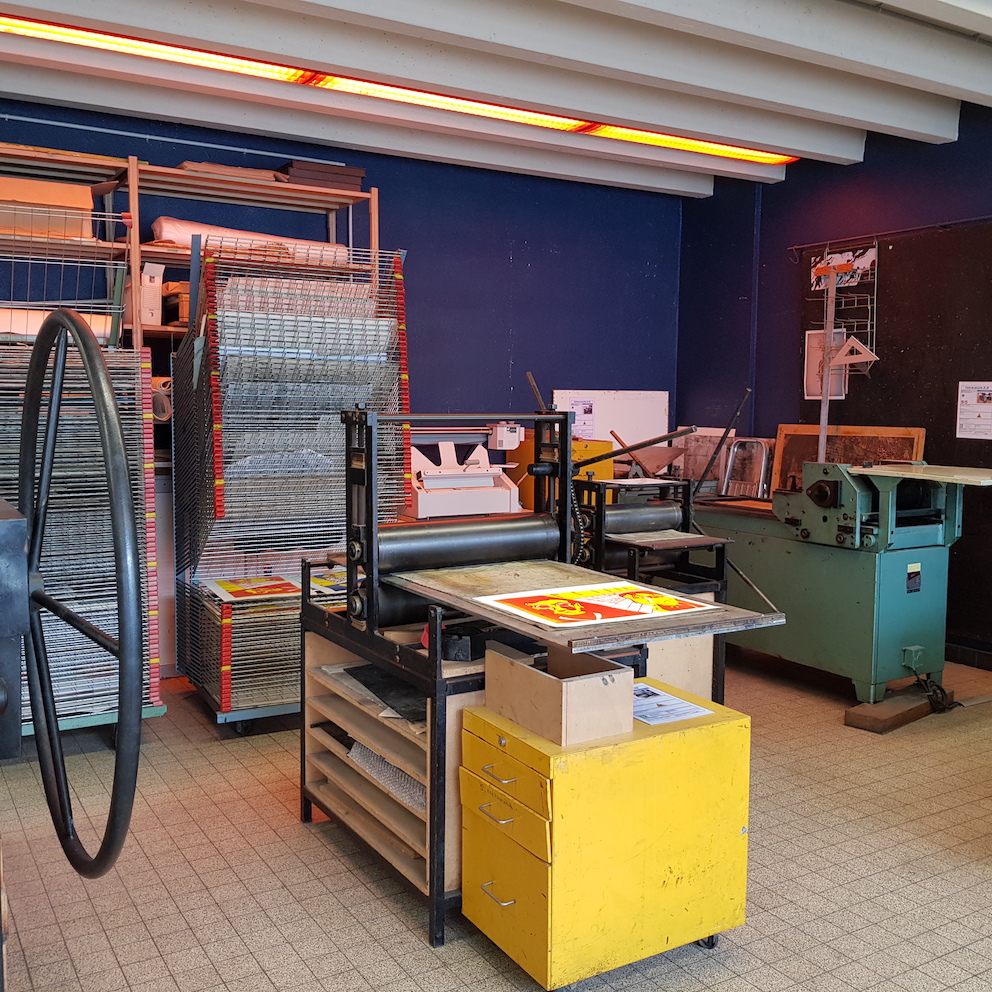
Lay-out
Supv. Marlène Bertoux
Lay-out are the ultimate tools for the completion of any graphic creation project. The computer graphics workshop enables students to get to grips with software (Indesign, Photoshop, Illustrator) for retouching, logo making, illustration, managing typefaces, composing texts, printing and producing working documents…All the techniques are approached in the form of exercises and case studies to study with the help of a teacher, often a graphic designer. The workshop is for personal or collective experimentation, playing with the tools, fun, making mistakes, creating resonance, building, deconstruction, reconstruction, hybridization, and invention.
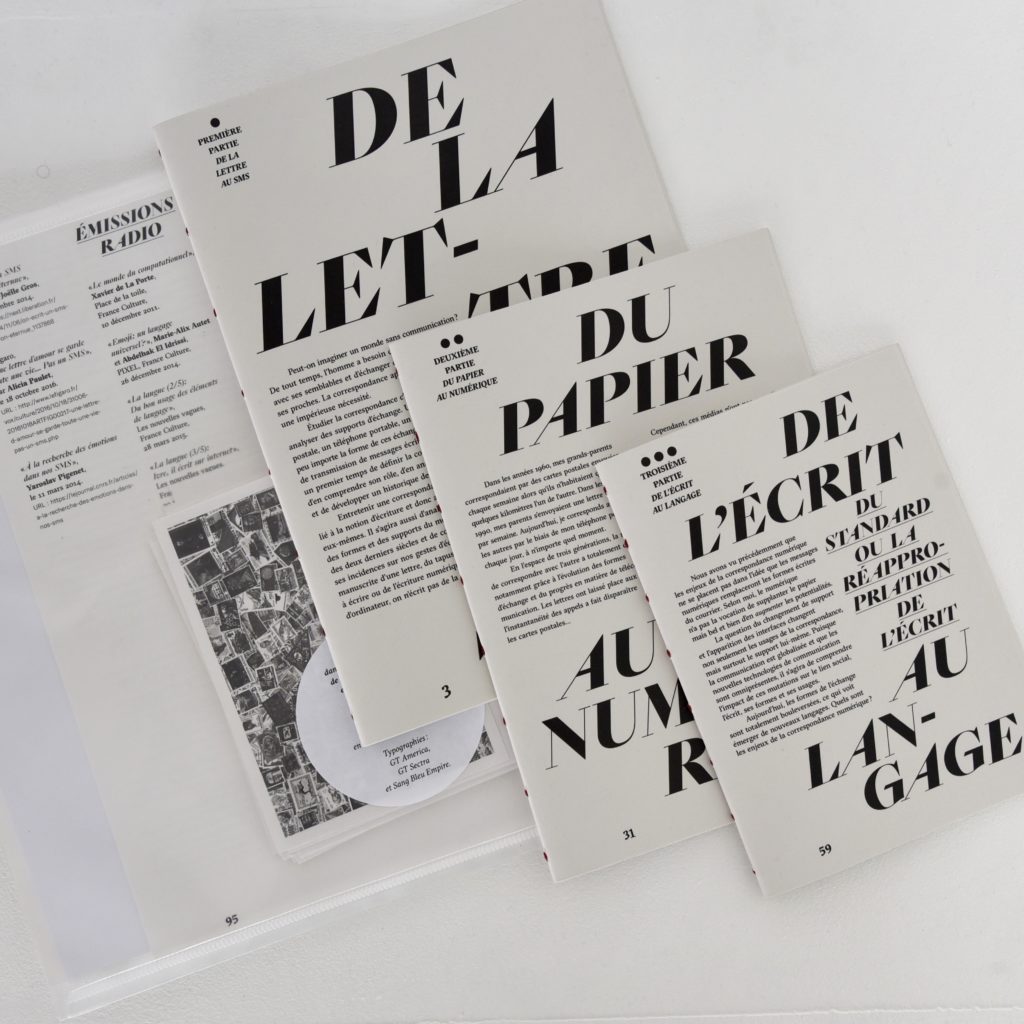
Metal
Supv. Julien Fleureau
The metal workspace is the place for laying materials such as steel, stainless steel, brass, aluminium and so much more. Students can experiment with metal and train to use the dedicated machine tools: radial saw, shears, rolling mill, folding machine, bender, pillar drill to learn the techniques of throughput, shaping and machining. In addition to the manual tools, the workshop is equipped with a digitally controlled, plasma cutter which is a great asset in the phases of throughput and initial access to computer aided production. The workshop is also equipped with an installation allowing to do (MIG, TIG, SMAW) arc welding, or welding and brazing with an (acetylene and oxygen) autogenous welding process.
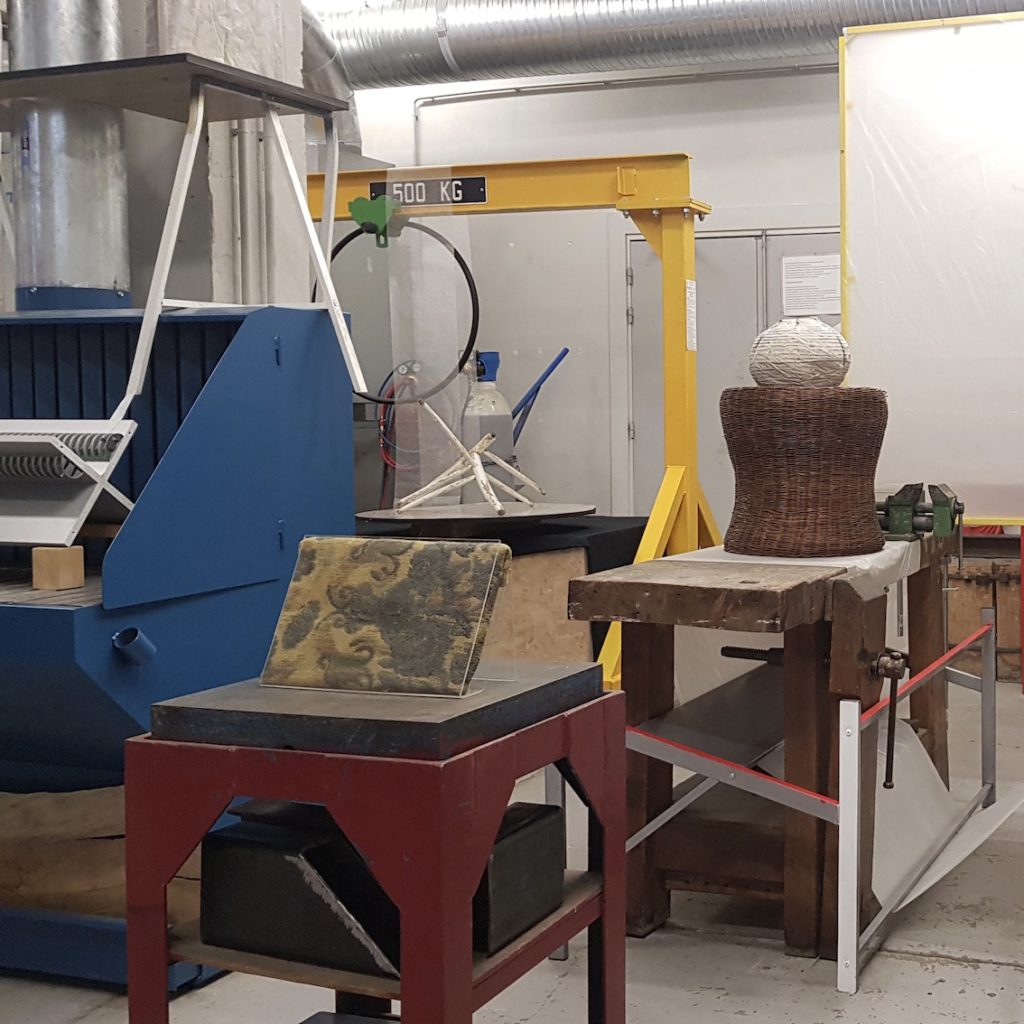
Photography
Supv. Carole Rabourdin
The photography workspace is composed of four adjacent spaces for creation and complementary learning: a classroom, a photoshoot studio, a silver film lab, a digital lab. It enables, in an open practice, to imagine, build and realize new and singular projects: printing, publishing, portfolios, installations, exhibitions…around the mastery of the photographic production, which goes from the choice of one’s camera to printing by going through file processing, retouching, etc…The workshop also enables crossing over between media and techniques, for example photography to video or silver film to digital. The pedagogical organization of mentoring draws from the cultural sources of the medium, the technical culture and is based on a core of artistic knowledge. Photography workshop equally lends material to students.
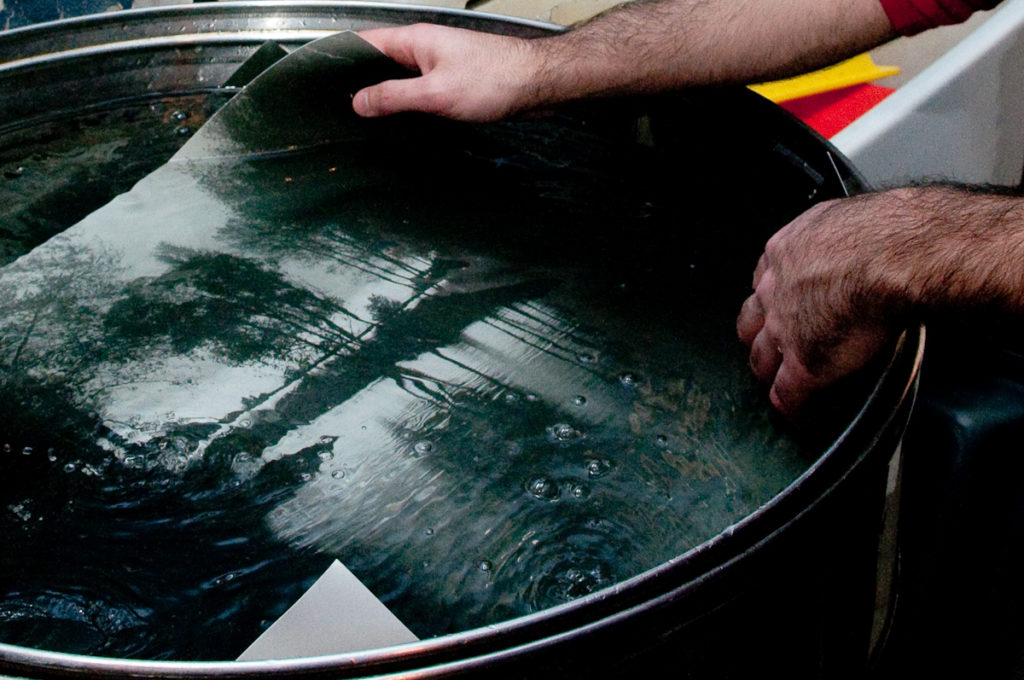
Prototyping
Supv. Stéphane Détrez
The prototyping workspace is equipped with a range of small tools, saws, files, rasps, Dremel tools which enable manual apprenticeship; there is also a thermoforming machine and two 3D printers for the making of moulds, products destined for technical validation, or finished pieces. In addition, it also has a hot-wire cutter for different foams, a heat bending machine for plastic, and a debubble machine for silicone, polymers and some specific bonding. We also do cutting and engraving on various materials, from tissue paper to solid wood, thanks to our laser cutter. A spray booth, equipped with an air-brush compressor and gun, can also be used for students’ finishing needs. During their studies, students receive a great deal of technical training.
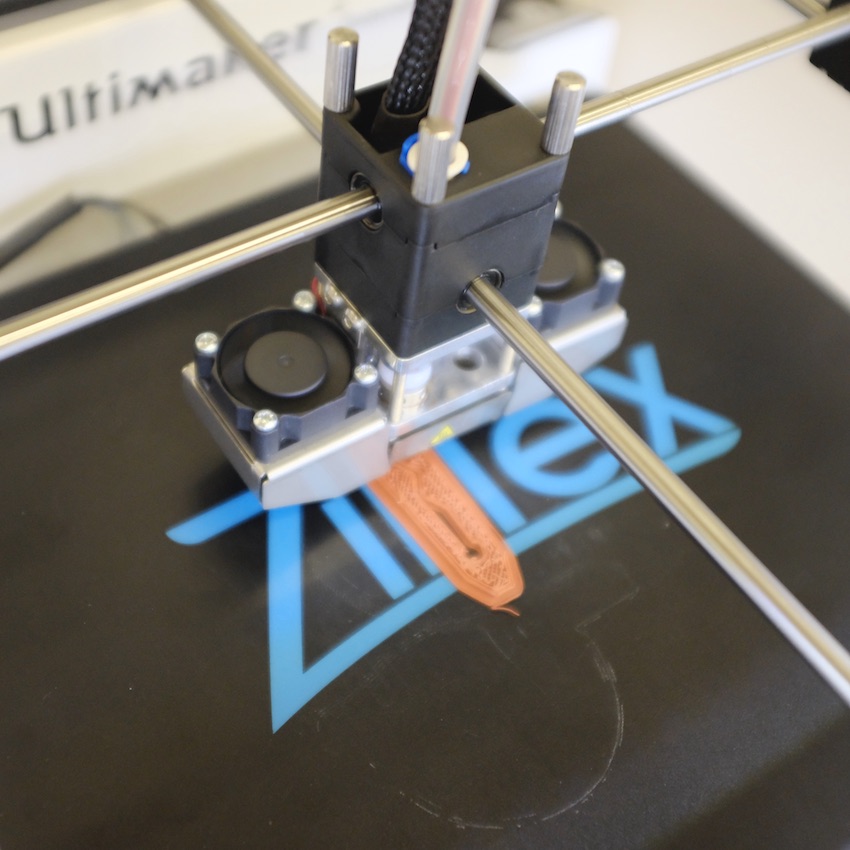
Digital printing
Supv. Clémence Dupont Brunet
The digital printing workspace is a major relay for the monitoring of projects set up in the framework of the personal project, lessons, research – creation workshops or in the research in art and design programmes. It is the central link between the production of flyers, micro publications, handcrafted and digital publications. It fixes creations on a tangible medium and allows students to be confronted with a realization in professional conditions. A paper library is at the students’ disposal where they can touch materials, choose a medium, and papers depending on their projects. The discovery of colour and printing constraints put the students in front of a real production. We deal with the issue of publishing from a large format poster, a book, a digital interface. The print workshop is equipped with a digital press, a wide format printer, a 52cm guillotine, a combined binding machine, and an electric stapler.
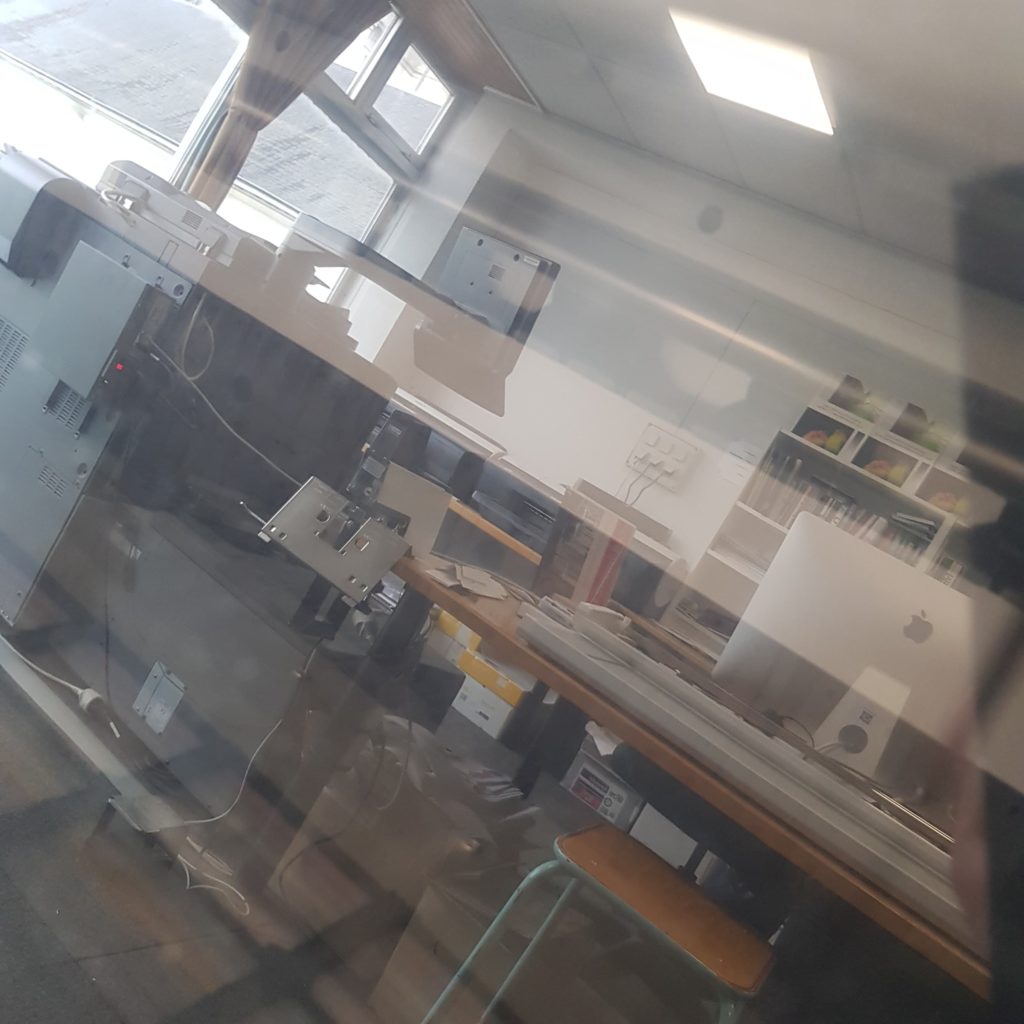
Woodwork
Supv. Madi Kassay
The equipment of the woodworking space allows to carry out practical exercises and conceive object , space and construction projects. It provides students with tools and machines, for structural woodwork: sanding, planing, machining, cutting of different materials (CNC digital router, mortiser, jointer, panel saws, combination machine, wood lathe); for assembly, finishing and small manipulation (chisels, gouges, hand saws, pillar drills, hand sanders, etc.). There are also workbenches for the students.
